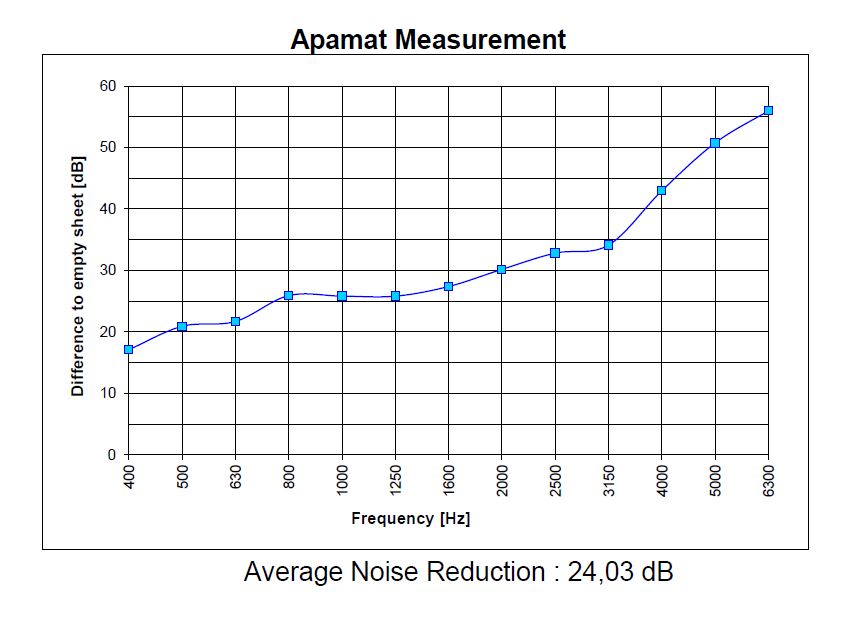Here, we would like to illustrate some fundamental knowledge about acoustics and its context, using the example of a ship’s engine compartment.
We want to address the following issues:
- What is noise?
- How do sound waves behave?
- At what point is insulation effective?
- What is the Apamat – II – Measurement
What is noise?
The purpose of sound insulation lies in the reduction of noise (for instance emanating from the engine or generator) in certain places (where we are).
But at what point does a simple sound become a disturbing noise?
The sound of dripping water coming from the bathroom with only 10 dB keeping you up all night can be sensed as very loud.
On the other hand, going to a concert of your favorite band surrounded by music in 100 dB is rather joyful!
So there is a diversity and subjectiveness when it comes to unpleasant noise since the judgement depends not only on volume but also on frequency and intensity.
How do sound waves behave?
When sound waves collide with a boundary surface, different effects occur::
| - A part of the waves is being reflected by the boundary medium. | 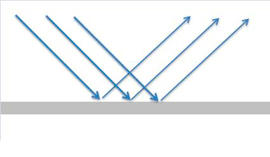 |
|
| - Another part of the waves is being absorbed by the boundary medium. | 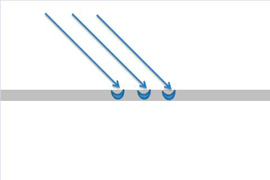 |
|
| - Then a part of the waves pierces through the boundary medium. | 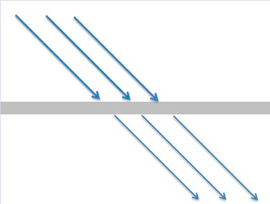 |
|
| - In reality, all of this happens at the same time. | 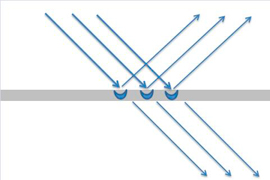 |
In general, it is differentiated between structure-borne-sounds and airborne- sounds.
A structure- borne- sound is transferred from the engine inside the engine compartment over the basement to the ship’s hull. Usually it has a rather low frequency but with high energy which makes it difficult to be reduced. Therefore, it is important to keep the engine on a smooth level to minimize any vibration. Low frequency vibrations can be absorbed by using high mass.
Airborne- sound on the other hand has a middle to high frequency range and is being transported by air. It can be lowered by covering the bulkhead walls with insulated panels. So it is very important to insulate the entire engine compartment and to avoid any unwanted acoustical bridges. Even the slightest hole can cause the sound to move.
Our products RECYguard and RECYcombi maintain a combination of high quality non-woven as an absorber of high frequencies and a heavy layer for the absorption of vibrations.
At what point is an insulation effective?
What level of dB is tolerable inside the engine compartment, so the insulation is considered effective?
|
- Sound pressure levels follow a logarithmic scale. The following examples can clarify the resulting characteristics: an engine has a specific noise level of X: |
 |
|
| - Doubling the sound source will lead to an increase of the sound pressure level by 3dB. | 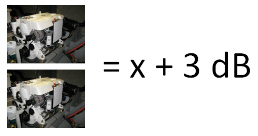 |
|
|
- A tenfold increase of the sound source will cause the sound pressure level to increase by 10dB. This regularity is valid irrespectively of the original sound level X. |
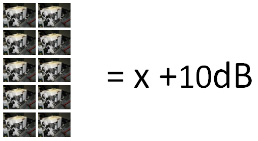 |
Let us give you a real- life example:
A diesel- engine, running for instance with 3000 revs and causing a noise level of 85dB. If you placed an identical engine next to it, the noise level would be at 88dB.
In other words: you have a boat with two identical engines. Building in a new engine compartment insulation and by that reaching a sound level reduction of 3dB, creates a hearing image of having switched off one of the engines but still using the power of two.
This shows that a sound level reduction of 3dB is already a good thing. Or, to be more concrete: to reach a sound level reduction of 20dB (for example by using RECYguard) you need a really excellent product.
What is the Apamat – II- Measurement?
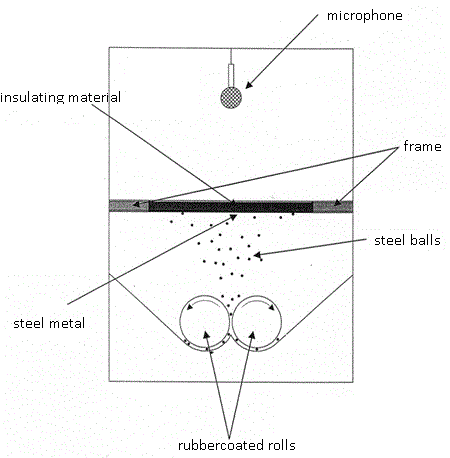
Engine noise, especially on ships with an ideal resonant body (the hull), generally combines one part airborne- sound, which is transferred by air, and one part structure- borne-sound, transferred through and over the engine, the bulkhead walls, the floor and the ceiling. The insulation of airborne-sound is supposedly easier, whereas structure- borne- sound is perceptible as vibration on the entire ship.
On our data sheets we always mention the Apamat – II – Measurement. In this measurement both, structure- borne- sound and airborne- sound, are being considered. Let us give you a schematic sketch of the Apamat.
Using rubbercoated rolls, steel balls are shot against a horizontal steel metal. A microphone is located above the steel metal and measures the sound level within the entire frequency range. Now, first the blank steel metal gets measured. After that, the insulation material is set on the steel metal followed by a rerun of the measurement. In our diagrams you can see the difference between the two measurements. It shows that a high difference data- rate reflects a high difference between the measurements and in conclusion an efficient sound insulation. In other words – the higher the graph, the more valuable the insulation effect of the material.



